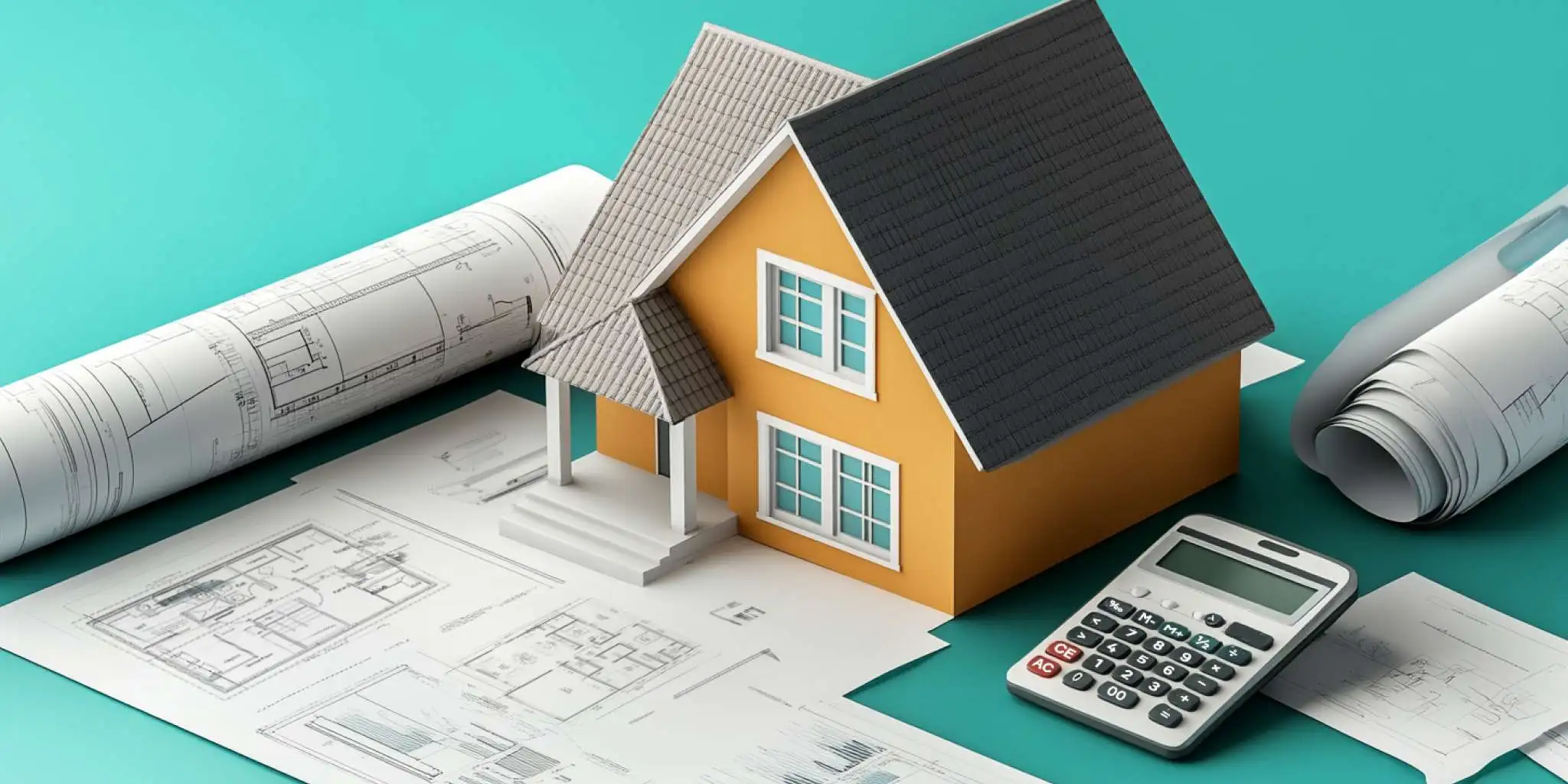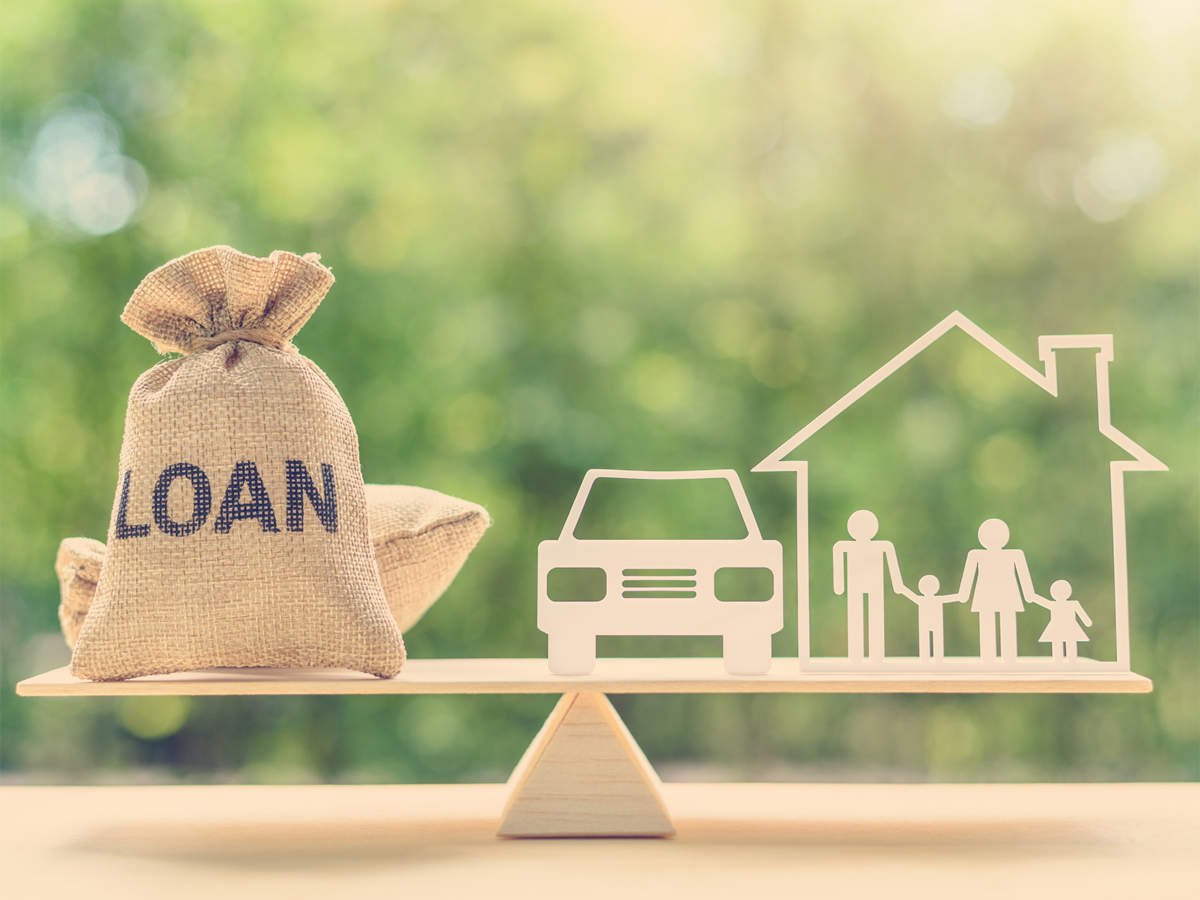Introduction to Home Improvement Loans
Home improvement loans are financial products designed specifically to fund renovations, repairs, or enhancements to residential properties. They come in various forms, each catering to different homeowner needs and financial situations. Understanding the different types of home improvement loans is crucial for homeowners considering a renovation project, as each option has its benefits and drawbacks.
One common type of home improvement loan is a personal loan. Personal loans are unsecured loans that do not require collateral, making them readily accessible to many borrowers. These loans can be utilized for any home project and often have a quick approval process. However, because they are unsecured, they typically carry higher interest rates compared to secured options.
Another prevalent option is the home equity loan, which allows homeowners to borrow against the equity accrued in their properties. This type of loan is secured by the home itself, providing lenders with lower risk and, consequently, more favorable interest rates for the borrower. Home equity loans tend to have fixed interest rates and predictable repayment structures, making them a popular choice for larger renovations.
Homeowners might also consider a home equity line of credit (HELOC). This loan operates similarly to a credit card, allowing borrowers to withdraw funds as needed up to a set credit limit, making it a flexible option for ongoing projects. Borrowers pay interest only on the amount withdrawn, which can help manage costs effectively during extended improvement initiatives.
Ultimately, evaluating the purpose of a home improvement loan and aligning it with specific project goals can significantly influence a homeowner’s decision-making process. Understanding these financial tools and their respective workings enables homeowners to make informed choices when seeking to finance their renovation endeavors.
The Benefits of Home Improvement Loans
Home improvement loans can provide substantial advantages for homeowners looking to enhance their properties. One significant benefit of securing a home improvement loan is the potential increase in property value. By funding renovations or upgrades, such as kitchen remodels, bathroom additions, or energy-efficient installations, homeowners can notably elevate their home’s overall worth. This can be especially beneficial when planning to sell the property in the future. The ability to invest in these upgrades often translates into a higher sale price, providing a return on investment.
Another key advantage is the immediacy of access to funds for significant home upgrades. Unlike saving for extended periods to afford renovations out-of-pocket, a home improvement loan can provide homeowners with the necessary capital upfront. This means that crucial repairs or enhancements can be addressed without delay, ensuring that the home remains a safe and comfortable environment. Many lenders offer various loan options with different terms, catering to the diverse financial needs of homeowners. This flexibility enables individuals to choose a loan that aligns with their abilities while meeting their home improvement goals.
Additionally, certain types of home improvement loans come with the benefit of tax-deductible interest payments. For example, if a loan is used for improvements that enhance energy efficiency, homeowners may qualify for tax deductions, thus reducing their overall tax liability. This financial incentive can lessen the burden of repayments and make home improvements more affordable over time. Overall, when considering a home improvement loan, it is essential to weigh these various benefits carefully against personal financial circumstances and project priorities.
Understanding the Costs: Interest Rates and Fees
When considering a home improvement loan, it is essential to understand the various costs associated with it, as these can significantly impact your financial situation over time. One of the primary costs is the interest rate, which can vary depending on the type of loan and the borrower’s creditworthiness. Typically, lenders offer different types of home improvement loans, including personal loans, home equity lines of credit (HELOCs), and home equity loans. Each of these options comes with its own interest rate structure, which may be fixed or variable. Borrowers with higher credit scores are often rewarded with lower interest rates, making their home improvement financing more affordable.
In addition to interest rates, various fees might be associated with home improvement loans. Closing costs are a common expense, especially for home equity loans and HELOCs. These costs can include appraisal fees, title insurance, and recording fees, which can add a significant amount to the overall loan amount. Application fees are another consideration; these are charged by some lenders simply for processing the loan application, regardless of whether you are ultimately approved or not.
Moreover, potential prepayment penalties can be a hidden cost that borrowers should be aware of. Some lenders impose a fee if the loan is paid off early, which can affect your decision if you plan to refinance or sell your home shortly after securing a loan. It is crucial to read the fine print and understand the total costs involved, not just the immediate monthly payments. Evaluating these expenses over the life of the loan will provide a clearer picture of the financial commitment you are taking on and will assist in making an informed decision regarding your home improvement project.
The Downside: Cons of Home Improvement Loans
While home improvement loans can provide financial assistance to enhance the value and livability of your property, they also come with several potential drawbacks that warrant careful consideration. One significant concern is the risk of accruing debt. Borrowing money to undertake home renovations can lead to a substantial financial burden, especially if the project exceeds the initial budget. Many homeowners may underestimate the total cost of improvements, resulting in loans that can quickly accumulate high interest rates if not managed properly. Over time, this can lead to difficulties in making monthly payments and can adversely affect their overall financial health.
Another critical aspect to consider is the potential for over-improvement. Homeowners may invest in luxurious renovations that do not yield a favorable return on investment when the property is sold. For instance, spending excessively on high-end fixtures or extensive remodels in a neighborhood where the home values are significantly lower can be counterproductive. This situation often leads to a decrease in the property’s appeal for potential buyers, as they may not be willing to pay for the enhancements made. Effectively, one risks over-capitalizing on their home, which can diminish the financial benefits expected from a home improvement loan.
Lastly, it is essential to evaluate the implications for financial stability. Taking on a home improvement loan adds another financial obligation to an individual’s budget. Homeowners should assess their existing debt levels and monthly expenses to ensure that they are financially equipped to handle the additional costs associated with renovations. Failing to do so can lead to a precarious financial situation, with detrimental impacts on credit scores and long-term savings. Hence, a thorough evaluation of one’s financial capacity is essential before proceeding with a home improvement loan.
Alternative Financing Options for Home Improvements
When considering a home improvement project, it is essential to explore various financial avenues beyond traditional home improvement loans. Each option presents distinct advantages and disadvantages that could influence your decision-making process.
One popular alternative is utilizing personal savings. This method enables homeowners to fund renovations without incurring debt or paying interest. By using savings, you maintain control over your financial situation and avoid monthly repayments. However, this approach may require a lengthy saving period, which could delay your project.
Credit cards are another viable option for financing home improvements. Using a credit card allows for immediate access to funds for renovations. Many credit cards offer rewards or cashback on expenditures, which might help mitigate costs further. However, it is crucial to be aware of high-interest rates associated with credit cards, which can lead to debt accumulation if balances are not paid in full. Additionally, the temptation to overspend may arise, complicating your financial health.
Government grants and assistance programs also provide an alternative means of financing home improvements, especially for energy-efficient upgrades or essential repairs. Such grants typically do not require repayment, making them highly attractive. However, eligibility criteria can be strict, and application processes may be lengthy or complex.
Furthermore, a home equity line of credit (HELOC) is worth considering. This option allows homeowners to borrow against the equity accrued in their property. While HELOCs generally have lower interest rates compared to unsecured loans, they carry the risk of foreclosure if payments are missed, as your home acts as collateral.
In navigating these financing alternatives, homeowners should assess their individual circumstances and prioritize options that align best with their financial goals and home improvement needs.
Assessing Your Financial Situation
Before deciding on a home improvement loan, it is crucial to meticulously evaluate your financial condition. An understanding of your current financial situation will not only empower you to make informed decisions but also ensure that you are prepared to manage any new debt that comes with securing a loan for home enhancements. Begin by examining your income stability. Are you consistently receiving a reliable income from your job or other sources? If your income is unpredictable, you may want to reconsider taking on additional financial responsibilities.
Next, assess your credit score. This number plays a substantial role in determining your eligibility for various types of loans, including those for home improvement. A higher score typically results in better loan terms and rates. Therefore, if your score is below average, you might need to invest time in improving it before applying for a home improvement loan. This could involve paying off existing debts, maintaining timely payments on all your obligations, and minimizing new financial inquiries.
Existing debts also warrant attention. Calculate your total debt-to-income ratio, which is the percentage of your monthly income that goes toward paying existing debts. A lower ratio is favorable as it indicates that you have room in your budget to take on additional financial responsibilities, such as a home improvement loan. Additionally, consider your long-term financial goals. What are you hoping to achieve with the home improvement? Aligning your financial strategies with these objectives will help you make smarter choices as you assess various loan products.
By comprehensively evaluating your income stability, credit score, existing debt, and overall financial goals, you will gain valuable insight into whether pursuing a home improvement loan aligns with your financial readiness and future aspirations.
How to Choose the Right Home Improvement Loan
Choosing the right home improvement loan is a critical decision that can significantly affect your financial situation and renovation outcomes. There are various factors to consider, and careful evaluation is essential to finding the best option for your needs.
First and foremost, examine the loan terms offered by various lenders. This includes the duration of the loan, repayment options, and any associated fees. A shorter loan term may result in higher monthly payments but will incur less interest overall, while a longer-term loan may offer lower payments but could lead to a higher total cost due to interest accumulation. It is crucial to align the loan term with your financial capabilities and renovation timeline.
Interest rates are another vital component of your decision. They can vary significantly among lenders and loan types. A lower interest rate could save you a considerable amount over the life of the loan. Don’t forget to consider whether the rate is fixed or variable, as this could affect your finances in the long run. When comparing home improvement loans, always calculate the total cost, including interest, to get a clearer picture of your financial commitment.
Lender reputation plays a significant role in the loan selection process. Research potential lenders by reading reviews and testimonials from previous borrowers. This can help ensure you choose a reputable institution with excellent customer service that will be supportive throughout the loan process.
Flexibility in repayment is another key factor. Some lenders may allow you to make extra payments without penalties or offer options for deferment in case of financial hardship. Such features can provide peace of mind knowing you have room to maneuver in case your financial situation changes.
Finally, meticulously compare offers from different lenders and read through the loan agreements carefully. Understanding the terms, conditions, and potential penalties involved ensures you make an informed choice that best aligns with your home improvement goals. By taking these steps, you will be well on your way to securing the right home improvement loan for your project.
Steps to Take After Securing a Home Improvement Loan
Once you have secured a home improvement loan, it is vital to take the right steps to ensure that the funds are used effectively and that your project is successful. The first essential step is to create a detailed budget that outlines not only the total loan amount but also how you plan to allocate those funds across various aspects of your project. This budget should include costs related to materials, labor, permits, and any unforeseen expenses that may arise. By having a well-defined budget, you can avoid overspending and ensure that you stay within your financial limits.
Following the budget creation, project planning is the next critical step. This involves outlining the specific tasks that need to be completed, establishing timelines for each phase of the project, and identifying desired outcomes. A clear project plan serves as a roadmap that guides you and any contractors you may hire. It is advisable to prioritize tasks according to their importance and the time required to complete them, which will help in managing the workflow efficiently.
Selecting a qualified contractor is another crucial aspect of the post-loan process. Research potential contractors by checking their credentials, past work, and customer reviews. It is beneficial to obtain multiple quotes to compare rates and services. Ensure that the contractors understand the scope of your project, as well as your budget and timeline. Good communication is essential in cultivating a collaborative relationship that leads to a successful completion of your home improvement project.
By taking these steps after securing a home improvement loan, you can maximize the effectiveness of your funds, complete your project on schedule, and achieve the results you desire.
Conclusion: Making the Right Decision for You
Deciding whether to pursue a home improvement loan requires careful consideration of several factors, including personal circumstances, financial readiness, and the specific goals you aim to achieve with the renovations. Throughout this blog post, we have examined both the advantages and disadvantages of home improvement loans, providing a comprehensive overview to guide your decision-making process.
One of the key points emphasized is the potential for increased property value that can result from home improvements financed through a loan. Home improvement loans can offer the necessary funds to address critical repairs or enhance aesthetic appeal, which may boost the overall market value of your property. However, it is essential to evaluate whether the expected increase in value justifies the interest charges and any associated fees that come with borrowing.
Moreover, financial readiness plays a significant role in the viability of securing a home improvement loan. Assessing your credit score, monthly income, and existing debt is crucial in determining whether you can comfortably manage additional loan payments. It’s advisable to compare various loan options, such as personal loans, HELOCs, and FHA 203(k) loans, to identify the one that best aligns with your financial situation and renovation goals.
Additionally, personal circumstances, including the urgency of the home improvements and potential impacts on your living environment, must be weighed carefully. It is important to prioritize your needs and long-term objectives when considering the timing and scope of the proposed renovations. Ultimately, the decision to obtain a home improvement loan should align with your broader financial strategy, ensuring that the benefits outweigh any potential drawbacks.




